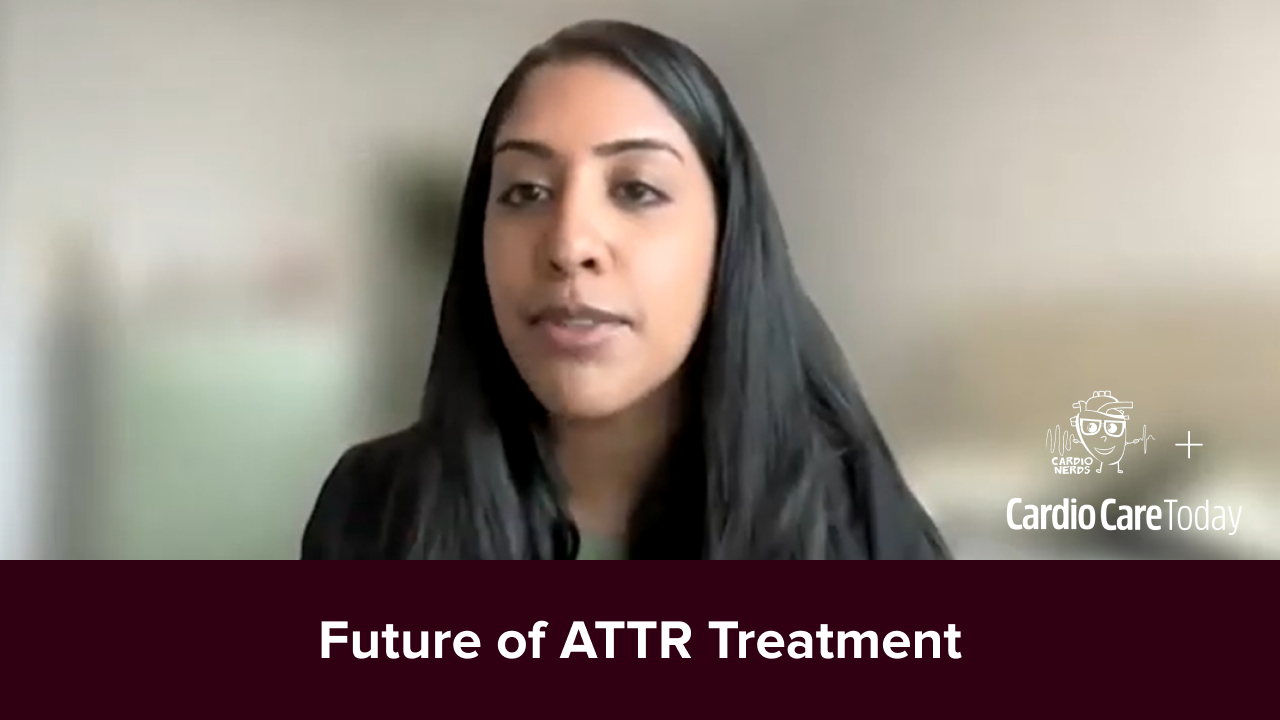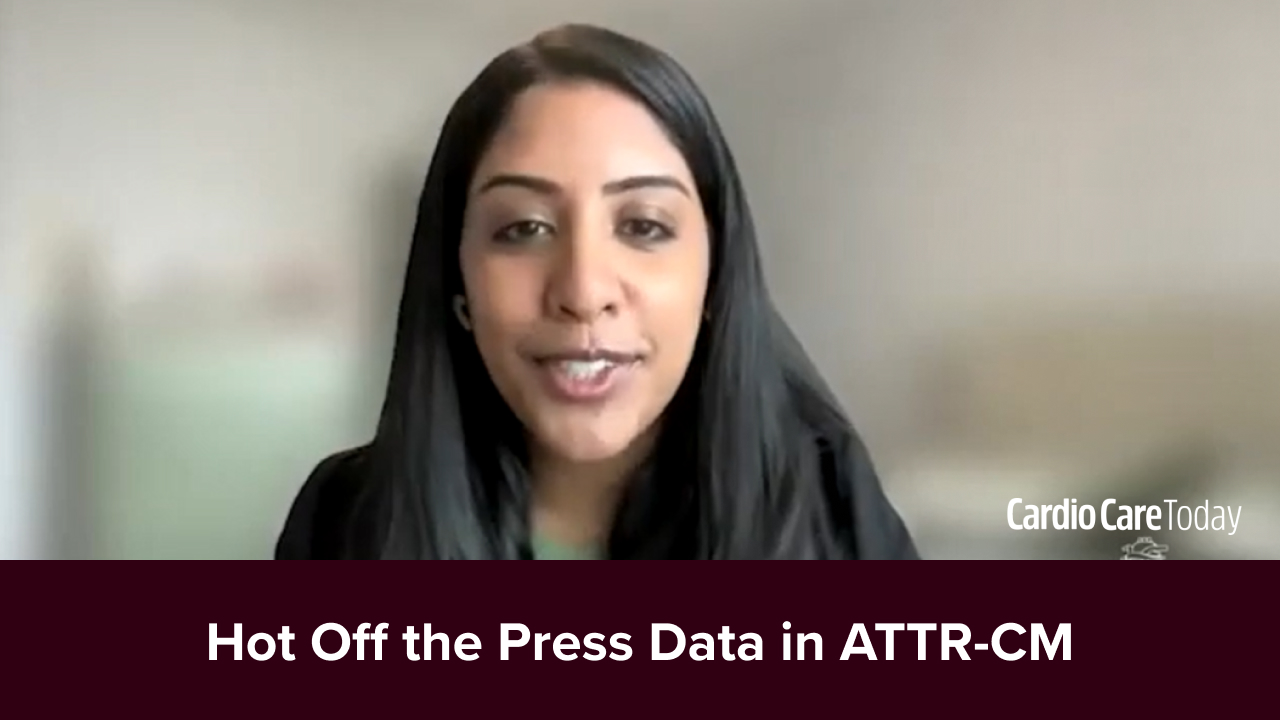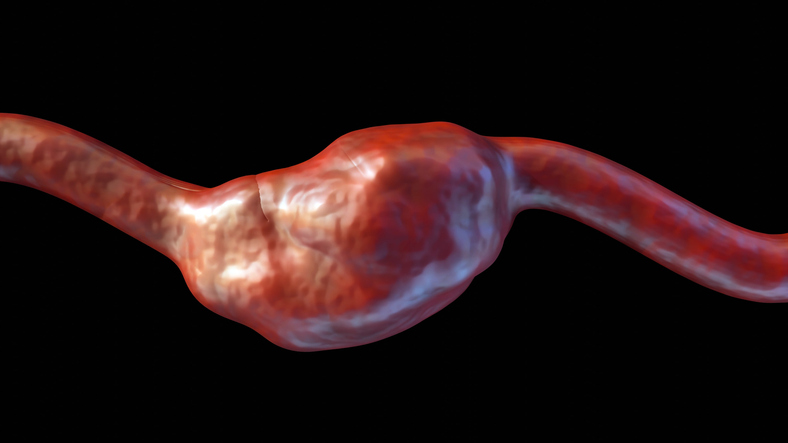
Key Points
- The APAF-CRT study included 133 patients with severely symptomatic permanent atrial fibrillation and heart failure randomly assigned to either ablation plus cardiac resynchronization therapy (CRT) or to pharmacological rate control alone.
- The primary endpoint of interest was all-cause mortality. The primary endpoint occurred in 11% of patients in the ablation plus CRT arm compared to 29% in the pharmacological arm (HR=0.26; 95% CI, 0.10 to 0.65; P = 0.004).
- Catheter ablation of the atrioventricular node with biventricular pacing was associated with reduced mortality than pharmacological rate control therapy in this patient population.
For patients with permanent atrial fibrillation and heart failure, catheter ablation of the atrioventricular node with biventricular pacing resulted in lower mortality than pharmacologic rate control therapy in the recently published APAF-CRT trial.1
Historically, atrioventricular junction (AVJ) ablation and obligatory permanent pacemaker implantation have been reserved as last resort for permanent atrial fibrillation refractory to maximally tolerated rate control therapy. In the multicenter, international, prospective, randomized APAF-CRT study, published in the European Heart Journal, investigators identified highly symptomatic elderly patients with permanent atrial fibrillation and heart failure with at least one prior hospitalization. They randomized those patients to either a strategy of pharmacologic rate control or AVJ ablation with implant of a cardiac resynchronization therapy (CRT) pacemaker or defibrillator. All had a narrow QRS at baseline, thereby excluding those with a traditional indication for CRT.
Early outcomes published in 2018 reported fewer heart failure hospitalizations and improved heart failure symptoms with AVJ ablation and CRT compared to pharmacologic therapy.2
In the more recent mortality trial, AVJ ablation and CRT resulted in a 3- to 4-fold reduction in mortality over pharmacologic therapy across 4-year follow up, with a number needed to treat of 3.7 patients.1 Impressively, there was also a mortality benefit in the subgroup of patients with preserved LVEF, a population with few evidence-based therapy options.
Dr. Michele Brignole presents: APAF-CRT – Ablation plus CRT is superior to pharmacological rate control in reducing mortality in severely symptomatic permanent
atrial fibrillation (AF) patients with a narrow QRS. Full slide deck: https://t.co/pzfY6y0m5P pic.twitter.com/HmuqBmYXXI— C. Michael Gibson MD (@CMichaelGibson) August 28, 2021
The investigators hypothesized that improved outcomes with an ablate and pace strategy resulted from both strict rate control as well as the rate regularization achieved with iatrogenic AV block and biventricular pacing. It has been observed that patients with heart failure have exaggerated detrimental hemodynamic effects from both loss of atrial systole and also from beat-to-beat variation in ventricular filling time. This study lends strong support to the benefit of ventricular rate regularity in heart failure, even in the absence of atrial rhythm control, in contrast to prior studies which did not find a survival benefit to AVJ ablation in atrial fibrillation.3 It has been suggested that historically, the ventricular dyssynchrony induced by high burden of RV-only pacing likely counteracted the hemodynamic benefit of rate regularity after AVJ ablation.4,5 In contrast, every patient in APAF-CRT randomized to AVJ ablation received a biventricular pacemaker, thereby avoiding the detrimental effects of pacemaker-induced dyssynchrony. Furthermore, by selecting a highly symptomatic heart failure population, the APAF-CRT investigators targeted those patients most likely to benefit from ventricular rate regularization.
The most striking downside of the ablate and pace strategy is lifelong device dependence, which can complicate management of a device-related complication or device infection requiring system extraction. The APAF-CRT investigators did not report any need for device extraction in their cohort, though further analysis of competing risks will likely be warranted before broad implementation of this strategy in similar populations. Unfortunately, CRT alone does not seem to be beneficial in patients with AF and intact AV node, even among those with a traditional indication for CRT. 6,7
#APAF-CRT trial: ablation plus #CRT is superior to pharmacological rate control in reducing mortality in severely symptomatic permanent #AFib patients with a narrow QRS#ESCCongress pic.twitter.com/2oVYRSqNCZ
— European Society of Cardiology (@escardio) August 28, 2021
References
- Brignole M, Pentimalli F, Palmisano P, et al. AV junction ablation and cardiac resynchronization for patients with permanent atrial fibrillation and narrow QRS: the APAF-CRT mortality trial. Eur Heart J. 2021;doi.org:10.1093/eurheartj/ehab569. Accessed October 7, 2021.
- Brignole M, Pokushalov E, Pentimalli F, et al. A randomized controlled trial of atrioventricular junction ablation and cardiac resynchronization therapy in patients with permanent atrial fibrillation and narrow QRS. Eur Heart J. 2018;39:3999–4008.
- Bradley DJ, Shen W-K: Atrioventricular junction ablation combined with either right ventricular pacing or cardiac resynchronization therapy for atrial fibrillation: the need for large-scale randomized trials. Heart Rhythm. 2007;4:224–232.
- Vernooy K, Dijkman B, Cheriex EC, Prinzen FW, Crijns HJGM. Ventricular remodeling during long-term right ventricular pacing following His bundle ablation. Am J Cardiol. 2006;97:1223–1227.
- Tops LF, Schalij MJ, Holman ER, van Erven L, van der Wall EE, Bax JJ: Right ventricular pacing can induce ventricular dyssynchrony in patients with atrial fibrillation after atrioventricular node ablation. J Am Coll Cardiol. 2006;48:1642–1648.
- Healey JS, Hohnloser SH, Exner DV, et al. Cardiac resynchronization therapy in patients with permanent atrial fibrillation: results from the Resynchronization for Ambulatory Heart Failure Trial (RAFT). Circ Heart Fail. 2012;5:566–570.
- Gasparini M, Leclercq C, Lunati M, et al. Cardiac resynchronization therapy in patients with atrial fibrillation: the CERTIFY study (Cardiac Resynchronization Therapy in Atrial Fibrillation Patients Multinational Registry). JACC Heart Fail. 2013;1:500–507
APAF-CRT Trial Summary: AV Junction Ablation and #epCRT in #AFib and Narrow QRS: https://t.co/uUrMpDnFVH #ESCCongress @DLBHATTMD
— American College of Cardiology (@ACCinTouch) August 26, 2018







 © 2025 Mashup Media, LLC, a Formedics Property. All Rights Reserved.
© 2025 Mashup Media, LLC, a Formedics Property. All Rights Reserved.